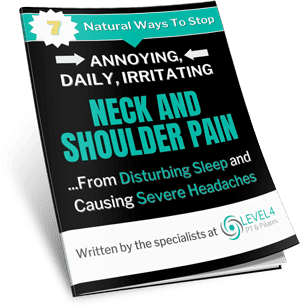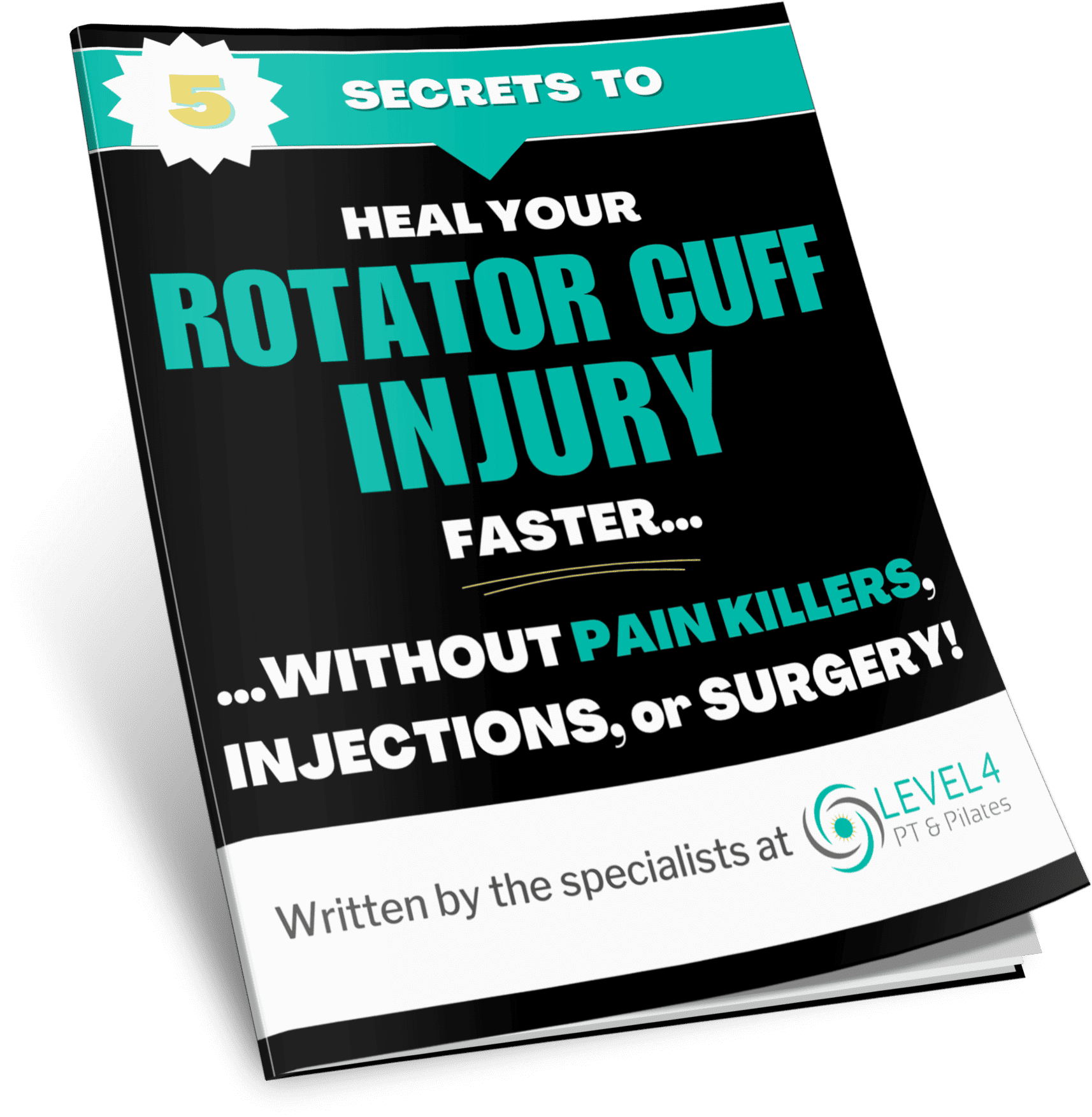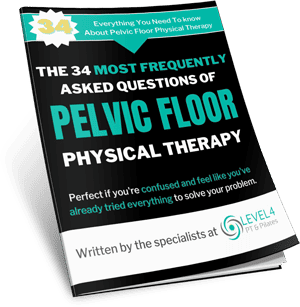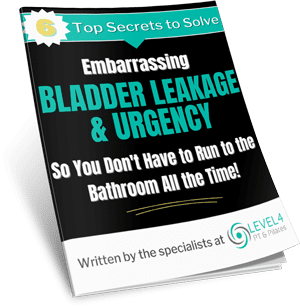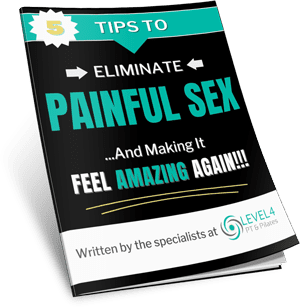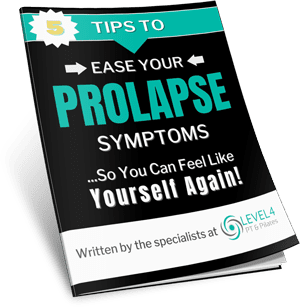Not sure if you’ll ever be able to do all the things you want to do and love again?
When you’ve been suffering with lifestyle limiting pain for a long time, it’s only natural to feel down. Maybe you haven’t seen anyone for this issue before and don’t know where to begin, or maybe you feel like you’ve tried everything and there’s no hope. No matter what you’ve been dealing with, there are clinical signs you can look for to see if your pain is something you can change. There is hope to know that you can do all the things you want to do, but you must gain knowledge, which is the first step toward solving the pain that keeps you from living your life how you want.
How do I know if my pain is something changeable?
The first thing you can do to see if your pain is something changeable is to do an analysis of red flags, which will help you to rule out dangerous conditions. A red flag is any sign or symptom that is seen as a key indicator of a potentially sinister pathology.
Red Flags:
- Pain that does not change with movement or rest
- Significant change in bathroom habits, including incontinence
- Constant pain – does not vary at all over the course of a day
- Fever and night sweats
- Morning stiffness lasting longer than 30 minutes
- Rapid, unexplained weight loss of 5% or more within 4 weeks
- Saddle anesthesia – numbness throughout the groin and buttock area
- Progressive weakness of arms and/or legs
- Recent trauma or fracture
- History of cancer
If you clear a red flag screen, you can breathe easier. Your pain is still very real and you probably have a number of things to work on, but you can be confident your symptoms are most likely not being caused by something dangerous to your health and safety.
Why do we feel pain?
On the most basic level, pain is our body’s way of warning you when you’re in danger. Sure, we hurt when we injure ourselves, but we can also hurt long after that injury has healed. Pain is a warning system that tells you something has gone wrong, or an alarm. To make pain go away, you need to remove the trigger that’s setting off the alarm. Here is a great video to help explain pain.
How long-term pain can change the body
When pain is straight forward, it’s pretty easy to understand. For example, you sprain your ankle and it hurts. With time the ankle heals, the swelling and pain goes away. Due to a variety of potential factors, things don’t always go this way. Unfortunately, pain can stick around even after you’re healed.
While pain is a normal part of the human experience that doesn’t make it comfortable and being in pain can lead to changes in your body.
Think of persistent pain kind of like an allergy, where your body responds too strongly to something that it typically wouldn’t. For example, peanuts are not threatening or dangerous to the average person, but someone with a peanut allergy has an immune system that is incredibly sensitive to peanuts and it responds aggressively in their presence. When you have had pain for a long time a similar response happens, where something that wouldn’t typically trigger pain in the average person will set off your pain.
Can this be fixed?
It depends on what exactly you’re dealing with, but in many cases the answer is yes! Continuing with our allergy analogy, treating over-sensitivity due to long-term pain is done in very much the same way. When you work to eliminate an allergy, which is something that should only be done under the guidance of a licensed medical professional, you expose your body to very small amounts of the allergen. As your body gets used to that, you increase the amount little by little. Another way to think about it is walking into a cold pool inch by inch, getting used to the temperature before going deeper. A process known as graded exposure.
With movement-based pain we do this through specific exercise, finding how much you can handle before your symptoms begin and slowly increasing the amount as you adapt.
Pain that’s been around for a while won’t go away by itself, but you can help prevent it from worsening by choosing exercises and activities that don’t trigger your symptoms. While exercise is the treatment, not just any form of exercise will work; the exercises to do and the proper dosage must be specific to your needs. Identifying the true cause of your pain, and the proper exercise prescription to eliminate it, is something a physical therapist can help with.
So what do I do?
If you feel confused by your pain, and have cleared a red flag screen, your best bet would be to schedule an appointment with a physical therapist that you trust. Doctors of Physical Therapy are well educated and practiced in screening for dangerous conditions. They are also trained in movement disorders and long-term pain. They will be able to perform a more in-depth analysis to identify the root cause of your issue, and help you to eliminate it.
Getting an official assessment is the first step toward conquering your pain and getting back to what you love to do, without restriction.
Do I need a script to come to PT?
All 50 states, California included, have some form of direct access law. This means you can see a physical therapist without a prescription. In the state of California, there are no restrictions on access to PT services.
Who are we?
We are LEVEL4 PT & Wellness, and we do things differently. When you work with us, you will always receive one-on-one care with a physical therapist you can trust. Our specialists are never double booked so their attention is right where it belongs… on you and your family.
We are open minded and driven to achieve superior outcomes. Following dogma in treatment can lead you to miss important details. We seamlessly connect multiple world-renowned systems to make sure that nothing is missed, and to streamline your recovery. Our scientifically proven four-stage process integrates our four levels of rehabilitation with our performance pyramid, and top-notch diagnostic exams.
What does this mean for you? It means we help our clients get out of pain by finding the root cause of the problem. Then you get back to doing what they love – guaranteed.
Next Steps
Schedule a no pressure discovery session to see if you feel we’re the right fit for you, and to get expert advice so you can make the best informed and logical decision for your health. And you’ll be able to get back to do all the things you want to. We will help you finally get some clear answers. Then we discuss the best solutions available to you, even if it’s not with us. We understand that finding quality care is a challenge, that’s why the first session is always on us.
What are you waiting for? If you are in the “pursuit of better” and want to find out information on other natural, holistic options, call now!
- Can Physical Therapy Help My Muscles After Having Covid? - January 26, 2022
- The Real Story Behind What’s Causing Your Sciatica - August 30, 2021
- Should I Have Surgery to Repair a Tear in My Rotator Cuff? - February 9, 2021






